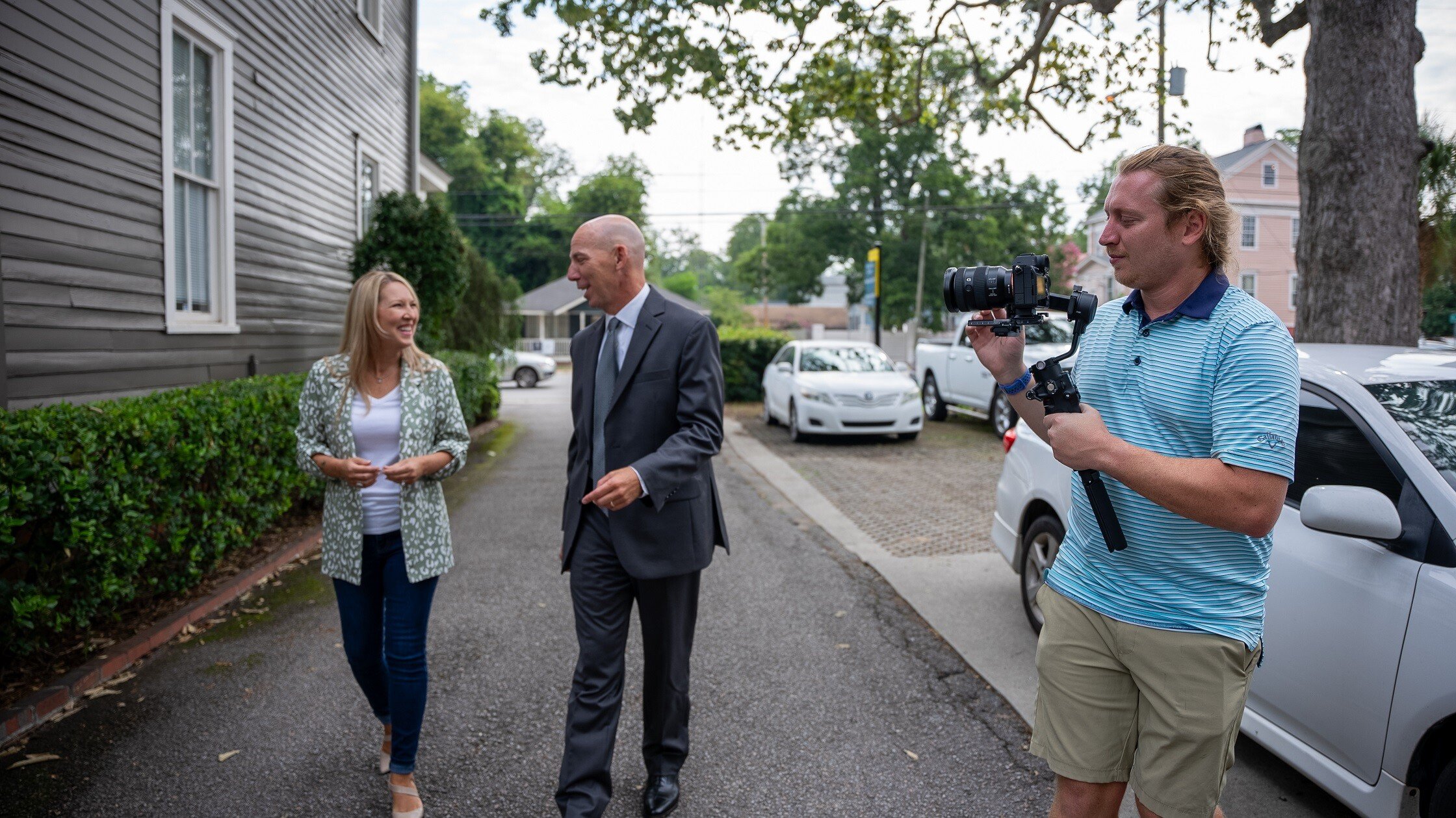In the competitive landscape of personal injury law, TV commercials remain one of the most effective mediums for reaching potential clients. Personal injury attorneys have successfully leveraged television with legal video commercial to build trust, provide education, and increase client engagement, but this takes more than simply putting a brand on screen. When executed well, a personal injury lawyer’s commercial can become a powerful tool to connect with the audience authentically and effectively.
This article covers the key strategies for creating memorable, impactful TV commercials that resonate with viewers, turning brand awareness into a reliable source of client engagement.
Why Tv Commercials Are Still Relevant For Personal Injury Lawyers
Despite the rise of digital marketing, TV advertising retains unique advantages, especially for personal injury law firms videos. Here’s why:
Broad Reach: TV commercials reach a vast audience, including those who may not actively search online for legal assistance but could benefit from legal services.
Local Targeting: Personal injury lawyers typically serve specific regions or cities, and TV commercials can be tailored to target local stations, increasing relevance.
Trust and Credibility: Television remains one of the most trusted advertising mediums, which is especially important in building credibility in legal professions.
1. START WITH A STORY: MAKE IT RELATABLE
The foundation of a memorable legal commercial lies in storytelling. Rather than listing legal services or case results, start by depicting a common, relatable scenario that potential clients may face. Storytelling in commercials allows you to:
Evoke Empathy: Show viewers that you understand their struggles and pain. For instance, a scenario where someone suffers an injury due to a distracted driver can quickly resonate with an audience.
Create a Connection: People remember stories, not statistics. A compelling story allows viewers to feel that they’re not alone in their struggles.
Focus on Solutions, Not Just Problems: While it’s crucial to identify with the problem, showcasing how your services positively impacted others brings hope, trust, and confidence to your brand.
2. KEEP THE LANGUAGE SIMPLE AND ACCESSIBLE
Personal injury cases often involve complex legal processes and terminology, but your commercial should remain accessible. Avoid legal jargon and keep the language straightforward, so viewers immediately understand your message and feel encouraged to reach out. Simplicity enhances trust and allows potential clients to picture themselves working with you.
TIPS:
Use Everyday Language: Focus on terms that the general public uses and understands.
Avoid Overwhelming Details: Rather than diving into specifics about case law or procedures, stick to describing how you can help with their specific problems.
3. SHOW EMPATHY AND COMPASSION
In legal marketing, a compassionate approach can be your greatest asset. Potential clients are often dealing with traumatic experiences. A reassuring, compassionate tone tells viewers that they’ll not only have a skilled lawyer but someone who genuinely cares about their well-being.
ELEMENTS TO INCLUDE:
Warm Tone: Whether spoken or visual, your tone should convey empathy. Use calm, reassuring language and gentle visuals.
Professional Presence: Whether it’s the lawyer or a narrator, it’s essential that whoever speaks is credible, yet compassionate.
4. HIGHLIGHT YOUR UNIQUE SELLING PROPOSITION (USP)
With the competitive landscape of personal injury law, it’s essential to define what sets your firm apart from others. A memorable commercial will clearly communicate your unique approach or expertise. Consider these elements to solidify your USP:
Years of Experience: If your firm has a long history, emphasize this to establish authority.
Specialized Focus: If you have a unique area of expertise (like workplace injuries or motor vehicle accidents), make it clear.
No Win, No Fee Guarantee: Many firms offer this model. If it’s one of your key differentiators, reinforce it as a sign of commitment to the client’s best interest.
5. INCORPORATE TESTIMONIALS TO BUILD TRUST
Nothing builds credibility like hearing positive testimonials from past clients. Testimonials let viewers know that others have found your services helpful and trustworthy. To incorporate testimonials effectively:
Use Real Client Stories: Avoid scripted testimonials that feel artificial. If real clients are uncomfortable on camera, consider using actors to voice real stories, emphasizing authenticity.
Include Visual Cues of Authenticity: Show video footage or photos of the clients (with permission), or place testimonials in realistic settings, like a hospital room or a family home.
6. BALANCE EMOTION WITH EVIDENCE
Personal injury lawyers need to balance empathetic storytelling with factual evidence to gain trust. Alongside a compelling story, add statistics or highlight case results to underscore your firm's credibility. However, use these elements carefully:
Be Specific but Not Overly Technical: Mentioning the total value of successful cases is impactful but delving into detailed case histories may be unnecessary.
Avoid Boastful Language: Let the results speak for themselves, focusing on the impact rather than touting wins.
7. PROVIDE A CLEAR CALL-TO-ACTION (CTA)
The main goal of any personal injury TV commercial is to motivate viewers to take action, whether calling your office or visiting your website. To make your CTA effective:
Keep It Simple: A CTA like “Call us for a free consultation” is direct and specific.
Display Contact Information Clearly: Show your phone number and website in large, readable font toward the end of the commercial.
Offer a Promise of Immediate Help: Lines like “We’re here 24/7” or “Talk to an attorney today” give viewers confidence that they’ll receive help quickly.
8. LEVERAGE MEMORABLE VISUALS AND SOUNDS
TV commercials require an extra layer of attention to sensory detail. Memorable visuals and sounds are the key to capturing and holding viewer attention:
Consistent Branding: Use a consistent color palette and logo placement to create brand recognition.
Signature Music or Slogan: Many legal commercials use a distinct jingle or slogan that sticks in viewers' minds, like “One call, that’s all!”
Professional Production Quality: High-quality visuals convey professionalism. Grainy or poorly edited commercials can leave a negative impression of your firm.
FINAL THOUGHTS: THE MAKINGS OF A STAND-OUT COMMERCIAL
Creating an effective TV commercial for personal injury law requires a combination of empathy, simplicity, and a focus on the audience's pain points. When done right, these ads become more than mere advertisements—they become lifelines for viewers facing difficult times.By connecting authentically with potential clients, showcasing what makes your firm unique, and inviting them to take that next step, you can build not only brand recognition but also a reliable stream of clients who feel understood and supported.
With the help of Craft Creative, Investing in these best practices will pay off in establishing a positive, trustworthy brand that people can remember and rely on when they need you most.













